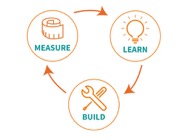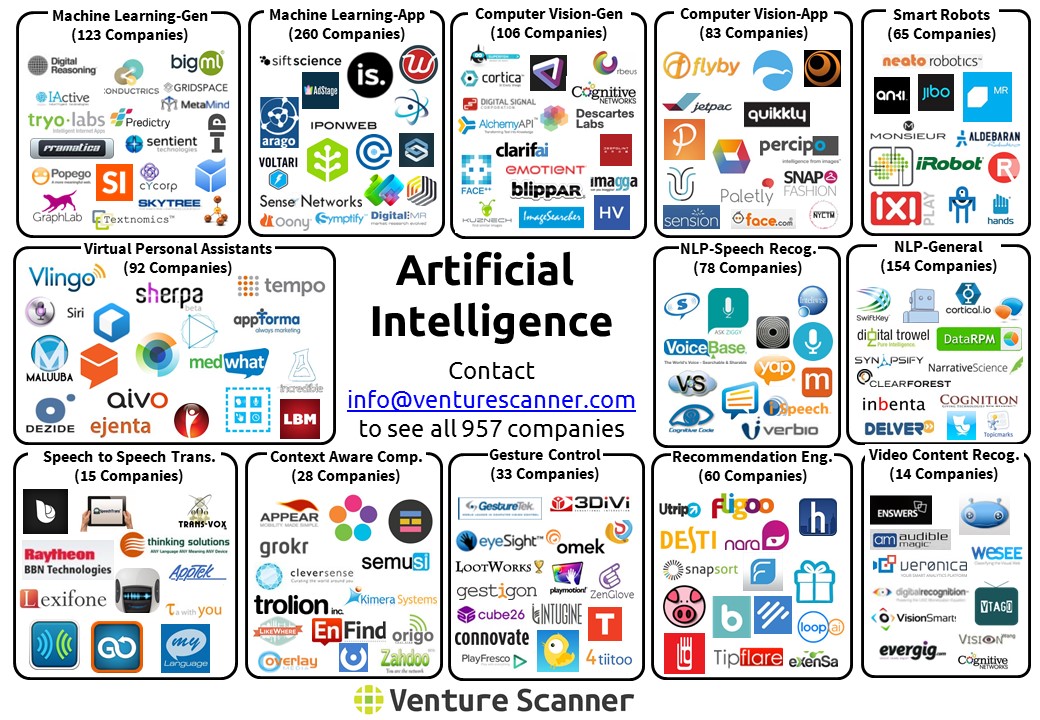 I posted last week on why we should all be using Lean Startup to drive innovation and create profitable new ventures within existing companies.
I posted last week on why we should all be using Lean Startup to drive innovation and create profitable new ventures within existing companies.
I was asked where to go to learn more about implementing Lean Startup and this is the subject I aim to address in this post.
So the easy answer is do it or get involved in a project already using it. Alternatively we need to learn the method and also learn from the mistakes of others so we do not repeat them ourselves.
Overview
Each person has a different learning style and recognising yours helps you to learn faster. Of course it is never this simple, your learning is a combination of the following seven styles:
- Visual – You prefer seeing pictures and videos.
- Aural – You prefer hearing sound and music.
- Verbal – You prefer words, in writing and speech.
- Physical – You prefer using your hands and touch.
- Logical – You prefer understanding systems and reasoning.
- Social – You prefer learning with other people.
- Solitary – You prefer to learn alone.
To reflect these styles, I have covered several different methods for learning Lean Startup so you can pick and choose the ones that suit you.
Books
Learning Styles: Visual, Verbal, Logical, Social (if in a book group) and Solitary.The four Lean Startup books that I recommend starting with are –
 |
The Lean Startup (Eric Ries) – This is the first book to read about Lean Startup, what it means and how to create products using it. Eric proposed Lean Startup in 2008 and published this book in 2011. Lean Startup is about learning what your customer wants and testing your vision constantly to deliver innovative products. |
 |
The Startup Owner’s Manual (Steve Blank & Bob Dorf) – The startup bible to the customer development methodology for launching new startups. An encyclopaedic how-to guide to searching for a scalable and profitable business model. |
 |
Business Model Generation (Alexander Osterwalder & Yves Pigneur) – A beautifully presented book introducing the business model canvas that can be used to understand, design and implement your business model. The business model canvas is a modern business tool enabling the creation of better products and companies. |
 |
Value Proposition Design (Alexander Osterwalder, Yves Pigneur, Gregory Barnarda, Alan Smith & Trish Papadokas) – The sequel to Business Model Generation adding a practical extension to the business mode canvas to design, test, create and manage products. The value proposition canvas focuses explicitly on creating value by designing products and services for your customers. |
Online Courses
Learning Styles: Visual, Aural, Verbal, Logical, Social (forums and peer reviews) and Solitary.
Over the last couple of years a small number of valuable online courses have been made available –
 |
Coursera – There are three specialisations offered, Startup Entrepreneurship, How to Start Your Own Business and Entrepreneurship: Launching an Innovative Business. Although not Lean Startup focused they cover new ventures and building an innovative business model |
 |
Udacity – Two free courses are offered, How to Build a Startup and Get Your Startup Started. The second course is co-presented by startup expert Steve Blank and is a great introduction to the area. |
 |
Udemy – With over a hundred Lean Startup courses including from Eric Ries and Steve Blank. There are a good range of courses from free to paid. |
 |
Lean Content – an interesting course from Eric Ries and Ondi Timoner on making money from selling art on your terms. Although it sounds an odd subject, this is all about Lean Startup, unusually though not specifically technology. |
In-Person Courses
Learning Styles: Visual, Aural, Verbal, Physical, Logical, and Social.
There are few in-person courses available, Steve Blank holds an annual eight-week Lean Launchpad class at Stanford and Berkeley which combines the business model canvas, customer development and Agile engineering. Outside of universities there are a few consultancy led courses including a two-day Lean Startup – Intrepreneurship course by Board of Innovation.
Conferences
Learning Styles: Visual, Aural, Verbal and Social.
There are several Lean conferences in the UK each year, these include –
- Leanconf – Europe’s largest Lean Startup event.
- Lean Startup Summit – Annual event partnered with the Eric Ries and the Lean Startup company.
- There are also a couple of Lean Startup Labs available in London and Cambridge.
Meetup Groups
Learning Styles: Visual, Aural, Verbal and Social.
Meetup is a website and application that allows communities of interest to build up with regular physical meetings and presentations. As well as being (nearly always) free for attendees, it is a great way to network and events often have free pizza and beer.
Agile and Lean have always been high-collaboration domains with the following Lean Startup groups active n London –
- Lean Startup
- Lean Startup Circle London
- London Lean Startup Entrepeneurs
- London Startup Marketing
- London Internet Startups
Websites
Learning Styles: Visual, Verbal, Logical and Solitary.
And lastly the Internet is such a rich source for Lean Startup ranging from articles, e-magazines (Inc.), downloadable books and numerous blogs starting with these two –
Summary
With the quality and quantity of advice now on offer it is great time to learn a new way of creating products. In addition, it is great to be able to meet the creators of Lean Startup at Meetups and conferences.
Please let me know if you find new ways of learning more about Lean Startup.
Scrum Ronin

















